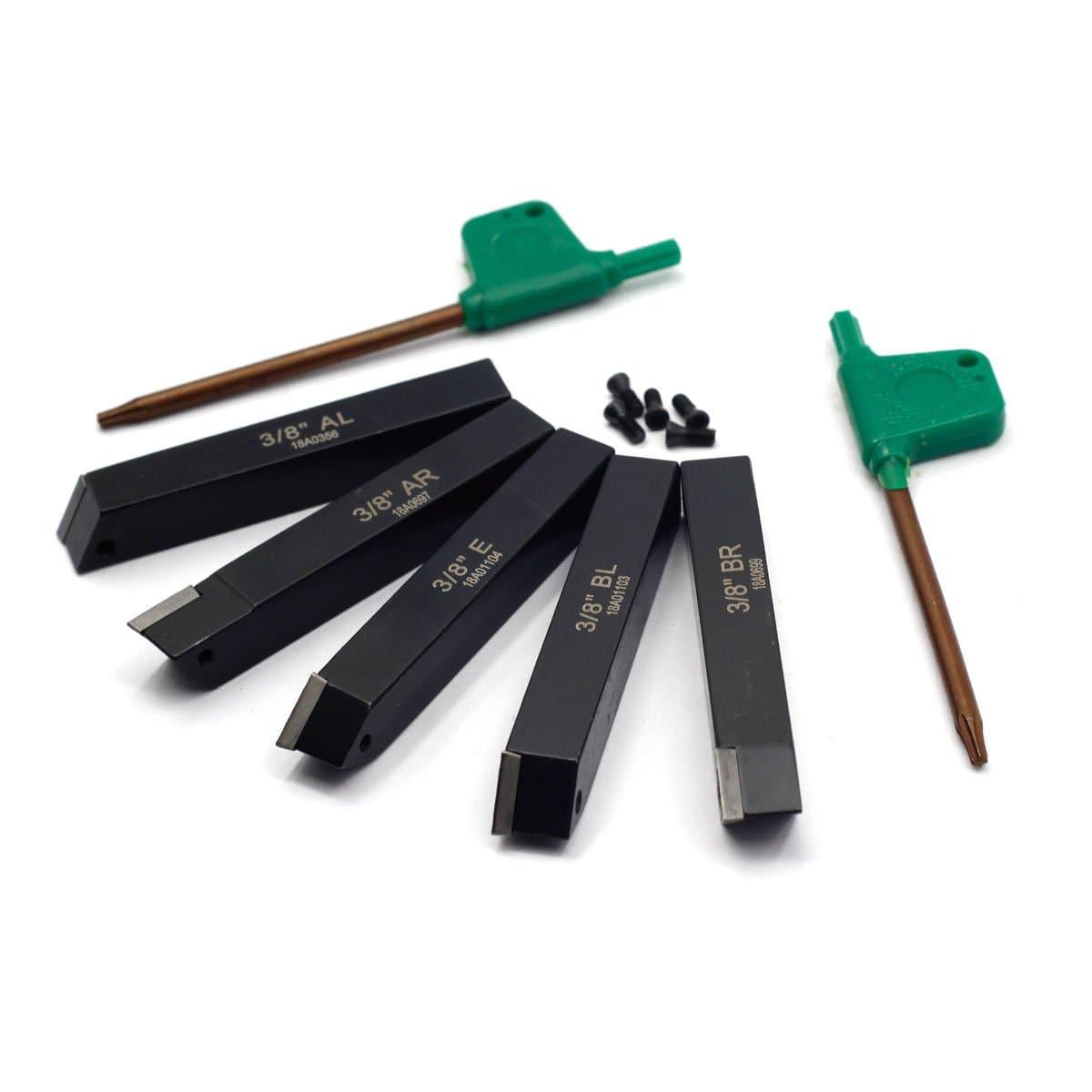METAL TURNING TOOLS
What is the difference between turning tools and metal turning tools
The terms "turning tools" and "metal turning tools" are often used interchangeably, but they can have slightly different connotations depending on the context. Let's explore the difference between these two terms in the context of machining operations.
1. Turning Tools:
Turning tools, in a broader sense, refer to the cutting tools used in the process of turning, which is a machining operation performed on a lathe. Turning is a process in which a workpiece is rotated while a cutting tool is fed into it to remove material and shape it into the desired form. Turning tools are designed specifically for this purpose and come in various shapes, sizes, and configurations.
Turning tools can be used for both metal and non-metal materials, including wood, plastic, and composites. In the context of woodworking, turning tools are commonly associated with wood lathes, where they are used to shape and smooth wooden objects such as bowls, spindles, and furniture components.
In the metalworking industry, turning tools are designed to withstand the rigors of cutting metal materials. They are typically made of high-speed steel (HSS) or carbide materials, which offer excellent cutting performance and durability. Metal turning tools are engineered to withstand the high temperatures and forces generated during metal cutting operations.
2. Metal Turning Tools :

Metal turning tools specifically refer to the cutting tools used for turning operations on metal workpieces. These tools are designed to handle the unique characteristics and challenges associated with machining metal materials.
Metal turning tools are typically made from carbide inserts or high-speed steel (HSS) tool bits. Carbide inserts are popular in metal turning due to their exceptional hardness, heat resistance, and wear resistance. They consist of a carbide cutting edge or insert that is mounted onto a tool holder, providing a sharp cutting edge that can withstand the high temperatures and pressures encountered during metal machining.
HSS tool bits are another common type of metal turning tool. They are typically square or rectangular in shape and are made from a high-speed steel alloy that offers good toughness and heat resistance. HSS tool bits are often used in manual or traditional turning operations, where the tool bit is ground to the desired shape and mounted onto a tool holder.
Metal turning tools may have specific geometries and cutting edge configurations optimized for metal cutting applications. For example, they may feature positive rake angles, which help reduce cutting forces and improve chip evacuation in metal machining.
In summary, while "turning tools" can refer to cutting tools used in various turning operations, "metal turning tools" specifically highlight the use of these tools for machining metal materials. Metal turning tools are designed to withstand the harsh conditions of metal cutting, utilizing materials and geometries optimized for metal machining.
